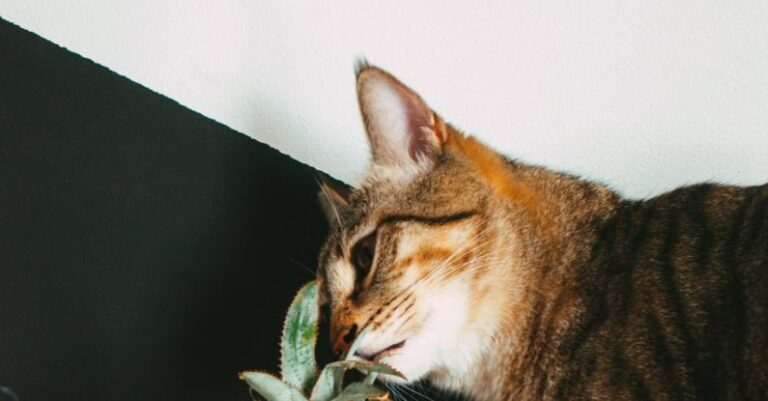
A well-trained cat that consistently uses the litter box is a dream for any cat owner. However, getting your feline friend to use the litter box can sometimes be a challenging task. Whether you are training a new kitten or trying to correct inappropriate elimination behavior in an older cat, there are several effective methods you can employ to ensure your cat uses the litter box consistently.
Understanding Your Cat’s Behavior
Before diving into litter box training, it’s crucial to understand your cat’s behavior. Cats are naturally clean animals and prefer to eliminate in a clean and secure environment. They also have a strong sense of smell and may avoid using a litter box that is dirty or has a strong odor. Additionally, cats may refuse to use the litter box if they have a medical issue, such as a urinary tract infection. Observing your cat’s behavior and addressing any potential issues is the first step in successful litter box training.
Choosing the Right Litter Box and Litter
The type of litter box and litter you choose can greatly impact your cat’s litter box habits. Cats have preferences when it comes to litter texture and scent, so it may take some trial and error to find the right combination that your cat prefers. Some cats may prefer a covered litter box for privacy, while others may feel trapped and prefer an open litter box. Make sure the litter box is large enough for your cat to move around comfortably and is placed in a quiet and accessible location.
Introducing Your Cat to the Litter Box
When introducing your cat to the litter box, place your cat in the box after meals or naps, as these are times when cats are more likely to eliminate. Gently place your cat in the litter box and allow them to explore the area. Encourage your cat to dig and scratch in the litter to simulate natural behavior. If your cat eliminates outside the box, place the waste in the litter box to help your cat associate the box with elimination.
Positive Reinforcement and Consistency
Positive reinforcement is key to successful litter box training. Whenever your cat uses the litter box, praise them and offer a treat as a reward. Avoid punishing your cat for accidents outside the box, as this can create a negative association with the litter box. Consistency is also essential in training your cat to use the litter box. Make sure to clean the litter box regularly and provide multiple boxes if you have multiple cats. Keep the litter box in the same location and avoid sudden changes that may confuse your cat.
Addressing Behavioral Issues
If your cat continues to eliminate outside the litter box, it may indicate an underlying behavioral issue. Cats may avoid the litter box due to stress, territorial issues, or medical problems. If you suspect a behavioral issue, consult with your veterinarian or a certified animal behaviorist for guidance. They can help identify the root cause of the problem and provide a tailored solution to address your cat’s specific needs.
Creating a Comfortable Environment
In addition to proper litter box training, creating a comfortable environment for your cat can also encourage proper litter box habits. Provide scratching posts, toys, and perches for your cat to engage in natural behaviors and alleviate stress. Make sure your cat has access to fresh water, nutritious food, and a cozy resting area. A comfortable and enriching environment can help reduce anxiety and promote healthy litter box habits.
Incorporating these tips and techniques can help you train your cat to use the litter box successfully. Remember to be patient and consistent in your training efforts, and always keep your cat’s well-being in mind. With time and positive reinforcement, you can help your feline friend develop good litter box habits and enjoy a clean and harmonious living environment.





